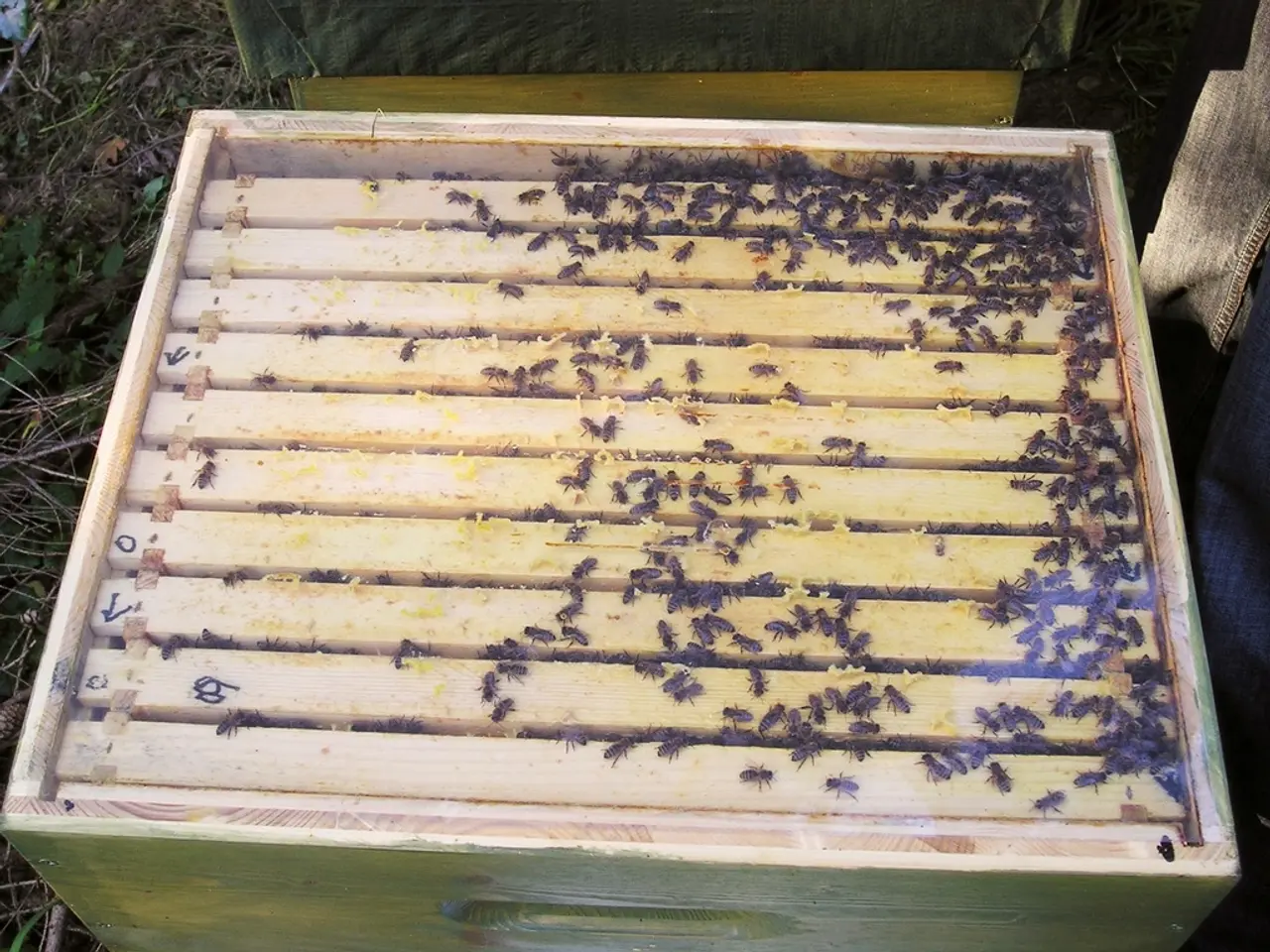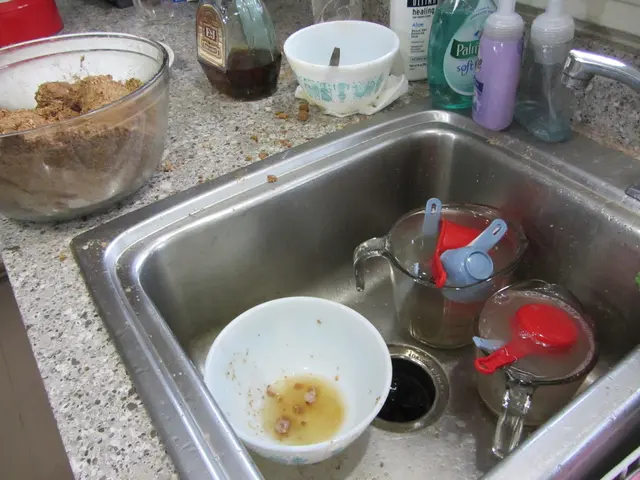Top 10 Explanations for Persistent Pest Control Problems in Your Furry Companion
In an article published on February 19, 2018, author Nicole Faires shed light on the challenges of dealing with recurring pests, focusing on two popular solutions: Insect Dust Diatomaceous Earth and the Electric Flea Trap. Both products were mentioned three times in the article, underscoring their importance in pest management.
The article highlights that pests may continue to return due to incorrect or incomplete application, environmental factors, and limitations of each method's effectiveness. For instance, Diatomaceous Earth (DE) requires direct contact and dry conditions to work effectively. It kills pests by absorbing oils and fats from their exoskeletons, causing dehydration, but this effect can take hours to days and only affects insects that physically contact the powder. Its effectiveness decreases significantly when it gets wet or is applied too sparingly.
On the other hand, the Electric Flea Trap mainly attracts and kills adult fleas but has limited range and does not affect larvae or eggs. This means that even if they catch some fleas, new ones can continue to hatch from untreated areas, allowing the infestation to persist.
The article also points out that pests often breed or find harborage spots inaccessible to these treatments, such as deep cracks, carpets, pet bedding, or hidden outdoor areas. Without addressing these, pests will keep returning.
Neither method offers residual chemical control that kills pests after initial contact, so continuous monitoring and repeated applications or supplementary treatments are necessary for sustained control.
To improve pest control success using these methods, the article advises using food-grade DE carefully and liberally on dry surfaces where pests are active and reapply after cleaning or if it gets damp. It also suggests combining DE with other integrated pest management strategies, such as thorough cleaning, vacuuming, sealing entry points, and using insecticides or professional treatments when needed.
The article also clarifies that electric flea traps alone are insufficient for severe infestations because they don't affect the flea life cycle comprehensively.
In conclusion, while Diatomaceous Earth and electric flea traps can be effective tools in pest management, they often don't provide comprehensive, continuous control. Proper application, environmental management, and integrated approaches are essential to effectively reduce and prevent pest resurgence.
- To promote a healthier household, consider incorporating green home solutions in your pest control efforts, such as using food-grade Diatomaceous Earth on dry surfaces where pests are active.
- For a holistic approach towards pest management, one may also want to consider adopting lifestyle habits that promote health-and-wellness, such as regular fitness-and-exercise routines, and creating a home environment that is not conducive to pests, particularly in areas that are inaccessible to pets or hidden outdoors.
- Due to the limitations of pest control methods like Diatomaceous Earth and electric flea traps, it's essential to maintain a science-based understanding of pest behavior and biology to effectively deal with pest problems in the long term, being prepared to employ integrated pest management strategies when traditional methods prove insufficient.





